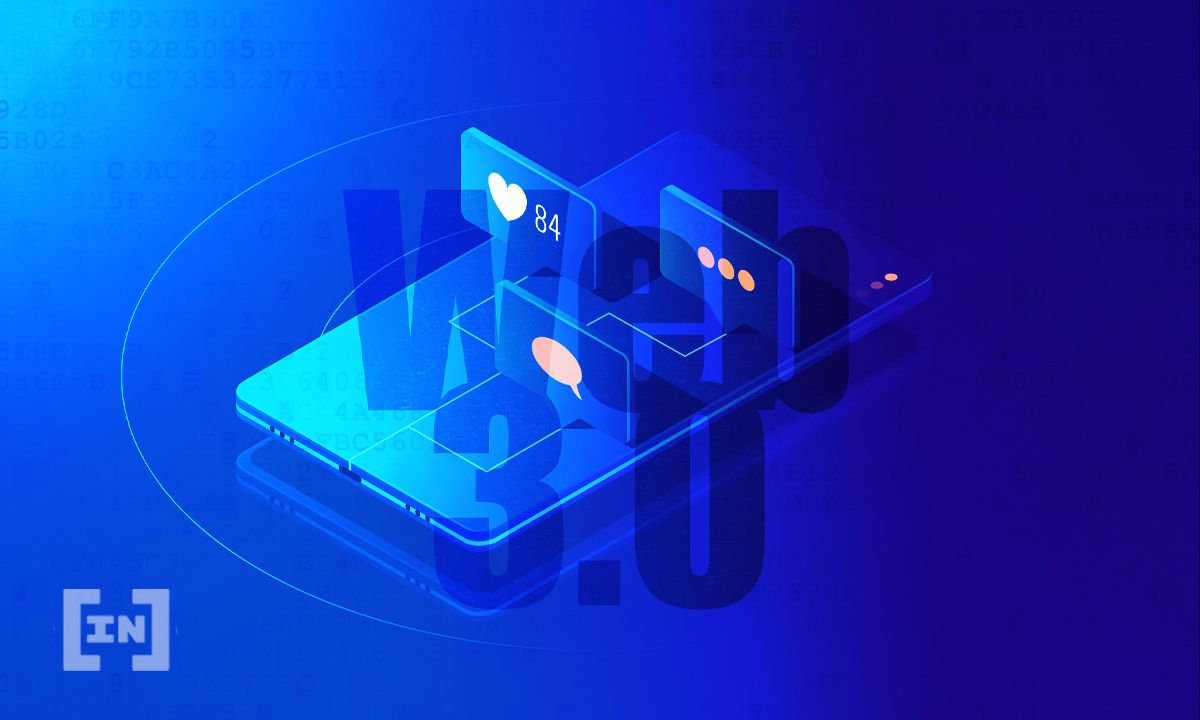Web2 to Web3: There has been commentary lately that Web3 has been overhyped. What the conversation is missing is a close look at how both mindsets co-exist. We won’t even notice when we all change over to Web3!
Internet usage has become so ingrained in our daily lives that it’s hard to recall a time without it. The internet is the place where many of us go to work, visit friends and family, entertain ourselves, and much more. Twenty years ago, the modern internet would have seemed straight out of science fiction. (To be fair, it was.)
But the all-encompassing digital worlds that many of us inhabit today didn’t just spontaneously appear. Looking back at the history of the Internet, we can identify distinct periods marking how people interacted with the web. In its earliest days, desktop and dial-up were the norm; later on, laptops and WiFi made the web more portable. More recently, handheld devices, apps, and wireless data networks made the Internet truly mobile.
SponsoredWeb access
Today, the internet is at the threshold of another technological leap. But this time, it isn’t so much about the devices that act as our portals to the web, or the places where we can access it. Today’s Internet is about to make the jump from the centralized, application-centric infrastructure of Web2 into the intelligent, user-centric architecture of Web3. And this time, the technology that will support this leap isn’t any kind of physical system – instead, the transition into Web3 will run on fully-digital wallets and tokens.
But before we leap forward into Web3, we must take a step backward – to Web2.
Web2 is the on-ramp for Web3
When we think of the future, it’s easy to contract a case of what I’ll refer to as “Space Odyssey syndrome.” The iconic 1968 film by Stanley Kubrick depicted the year 2001 as a high-tech, alien world that was vastly different from the year that eventually came. (If you were around in 2001, I’m sure you’ll recall the distinct lack of lunar hotels.)
And when many people think of Web3 adoption, it’s easy to picture a leap straight into the metaverse: people walking around in virtual worlds, touting wearable NFTs, collecting their salaries in Dogecoin, and communicating exclusively via encrypted messages.
SponsoredThe truth, however, is that Web3 adoption will look and feel a lot more familiar than we think. This is because most people will begin to use Web3 technology through a ubiquitous and well-known medium: Web2.
Web2 will be the portal to Web3
For some people, the transition into Web3 will be a sudden and pronounced shift. Those of us who are deep in the crypto space may be spending our time primarily in Web3-powered environments. But for most people, the Web2 services that permeate each day will increasingly be augmented by cryptocurrency and blockchain services, leading the world into Web3 so gradually that many may not even notice.
There are already some examples of this Web3 augmentation taking place. Perhaps the most popular is the proliferation of crypto-powered payment services on Web2 platforms like PayPal and Square. But soon, Web3 augmentation of Web2 will spread much further.
The leap will begin with blockchain-powered services that put users in the driver’s seat in terms of how they engage with today’s Internet. Web2 sites and services will communicate with wallets and tokens controlled by users, enabling a wide range of use cases in ownership rights, identity, licensing, authentication, and much more.
SponsoredWeb2 to Web 3: From “account-based” to “token-based”
Before we complete the full transition into Web3, blockchain technology will make Web2 much more user-friendly.
The way people navigate, access, and interact with the Internet will be transformed just as physical card transactions have been transformed. Imagine if the way we interacted with the web was as simple as the “tap and go” contactless payments that we make at the grocery store.
Not only is this ease-of-authentication possible in Web2, it’s inevitable – imminently so. Blockchain-enabled Web2 sites and services will soon use smart tokens – intelligent, programmable, blockchain-based assets – to verify access and ownership rights with just one click.
SponsoredJust like the logic stored in a credit card chip enables people to express their ownership rights in the physical world, Smart Tokens will allow users to “tap and go” through Web2 at infinite scale. The proliferation of Smart Tokens through Web2 will, for instance, remove the need to create a unique account when updating a travel booking or hiring a car, or to tediously enter and re-enter credit card numbers when topping up a mobile data allowance. Eventually, this crypto-enablement of Web2 services and systems will lead to a transformational leap towards a fully user-centric Web3.

Web2 to Web 3: From “application-centric” to “user-centric”
Little by little, Web3 technology is going to gradually supplant Web2. But how will we know when the transition is complete?
There is no precise number of smart contracts or tokens; no prescribed moment in time, nor any particular set of requirements at all. Rather, we will know that Web3 has arrived when the application-centric design of Web2 has transformed into the user-centric ethos of decentralization.
In other words, the infrastructure of Web2 will be totally inverted. Instead of the centralized platforms that dictate the laws of today’s internet, users will have the ability to freely express their rights and preferences, and choose precisely who and what they wish to interact with. The result will be frictionless, seamless, open communication, and commerce at a scale not previously imagined. When that moment arrives, we’ll know Web3 is here.

